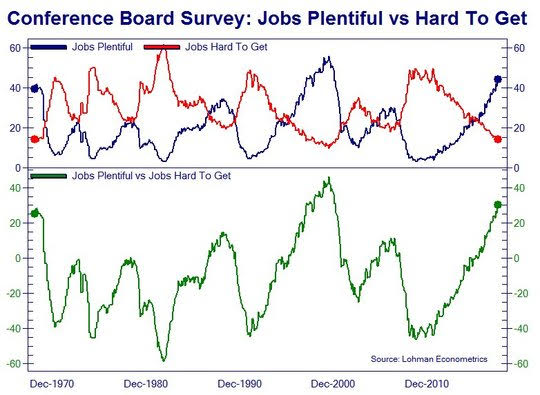Perhaps the greatest invention isn’t the wheel but the clock. The ability to section off the day into hours, minutes, seconds has driven technology and productivity, led to the joy of accurate navigation and the fear of being late to a party. Watching the hands of the clock doesn’t teach you how the tinkering of the watchmaker produces time. There is a magic in the machine, just as there appears to be one in markets today. So the focus on market prices more than economics or policy doesn’t teach investors how to make money, but it may comfort them after a miserable month. Today’s bounce back in equities doesn’t make up for the worst result since 2012 with $5trillion in market cap gone. What seems more problematic is the hope that time fixes this mess as November and December seasonal patterns support risk while the calendar is more scary with the fear about rates in the US going up dependent on the data with Jobs and ISM next up, then the US mid-terms and more deficit spending fears, then the Xi/Trump G20 meeting. Time brings more volatility of events. As for the focus on the day, the USD break out yesterday holds, US bonds are lower, stocks are higher and the world breathes easier despite weaker China PMI, lower Japan IP, weaker Japan consumer confidence, higher Eurozone core HICP, and weaker German retail sales. Global growth isn’t likely to bounce back like the clock making many wonder if today is just tinkering with the trends intact. The break of 7.00 in CNY seems inevitable now and the lack of fear around that doesn’t quite match the squeeze up in rates in China overnight and the clear defensive talk about the economy. More than time, momentum will be respected regardless of the date.

Question for the Day: Will the US jobs report matter? The data ahead – ADP, then Chicago PMI, then US ISM, then US jobs all seem to be big events for investors usually. But this is Halloween and it’s the end of a long and miserable month. So the US jobs report Friday isn’t on the radar in the usual way. Fear of an FOMC policy mistake rests more on inflation and the PCE core this week was modest enough to give room to the 2019 hopes for a one and done Fed hiking game. The reality is that the Phillips Curve isn’t dead and jobs do matter. Inflation in the US maybe the constant fear still with the data yesterday worth scanning for a clue about ADP then Jobs Friday. Unemployment is well below normal levels where wages don’t go up. This will eventually drive up prices – just when gets us back to clock watching.

What Happened?











Leave A Comment